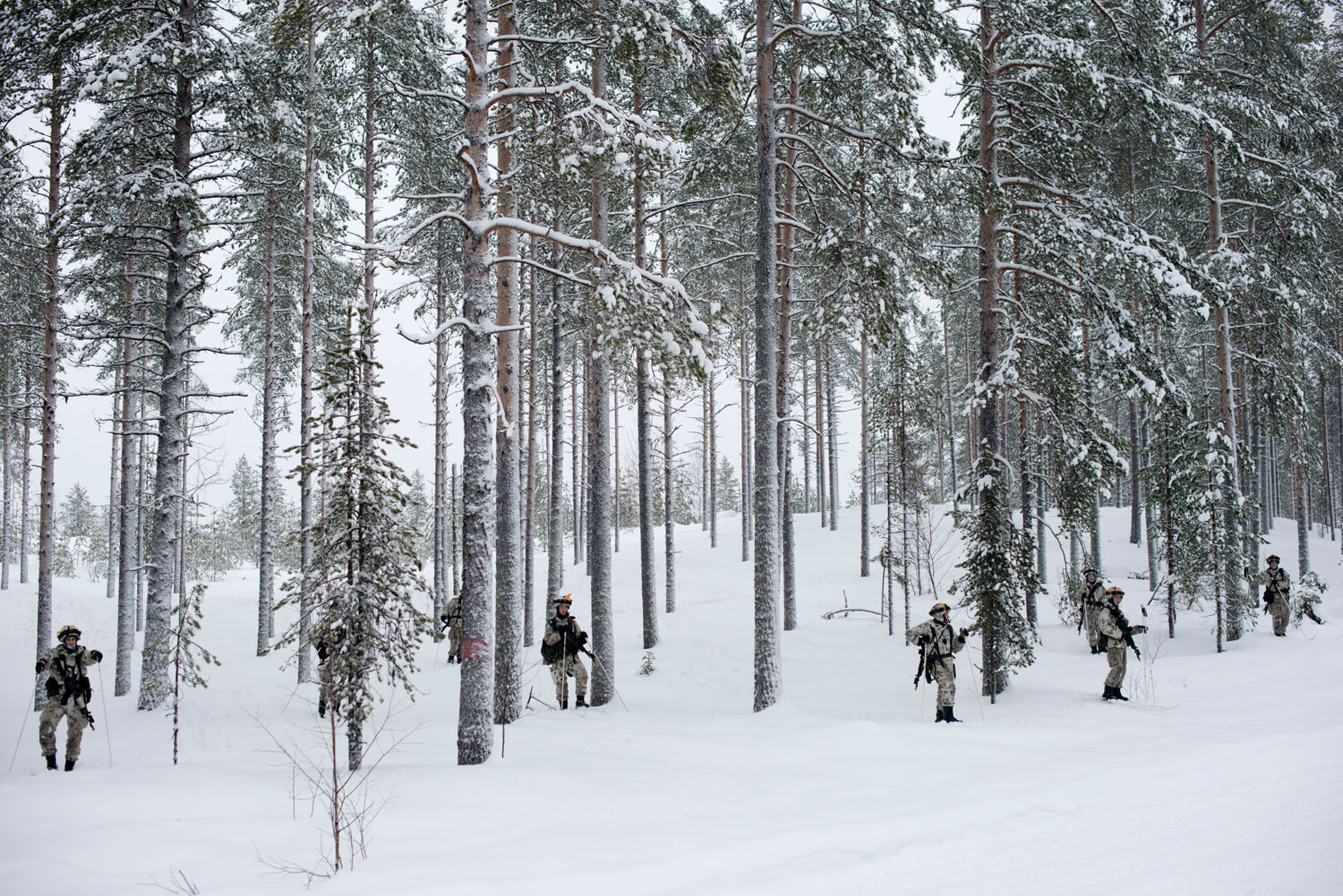Louie Palu’s projects have been selected for a Guggenheim Fellowship, Arnold Newman Prize, and World Press Photo Award. His work has appeared in the New York Times, the Washington Post, National Geographic, the Guardian, Der Spiegel, Le Figaro, and El Pais. His work...

